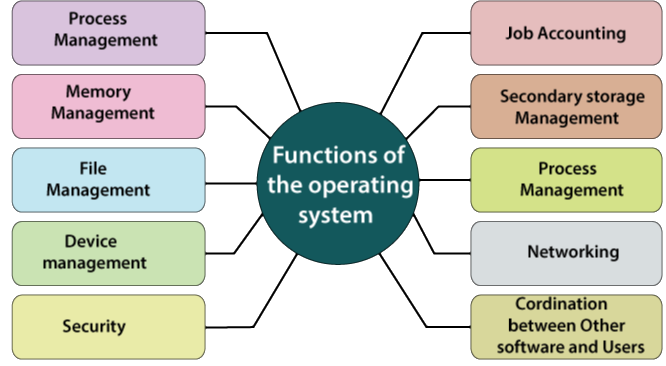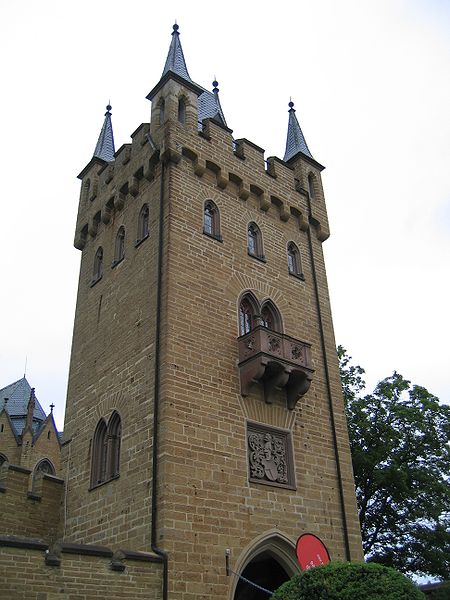An operating system is a program on which application programs are executed and acts as an communication bridge (interface) between the user and the computer hardware. The main task an operating system carries out is the allocation of resources and services, such as allocation of: memory, devices, processors and information. Operating system. The 'Operating system' provides utilities to optimize your system, monitor its operation and manage your files. An operating system (OS) is system software that manages computer hardware, software resources, and provides common services for computer programs. Time-sharing operating systems schedule tasks for efficient use of the system and may also include accounting software for cost allocation of.
- List Of Operating Systems
- Operating System Concepts
- Reuters Via YahooUPDATE 2-China Could Rule World's Technology, UK Cyber Spy Chief Saysoperating System', Britain's ...'>The West Must Urgently Act To Ensure China Does Not Dominate Important Emerging Technologies And Gain Control Of The 'global Operating System', Britain's ...1 Day Ago
- Operating System Examples
Knowing what operating system is running on your computer, smartphone, or tablet help you troubleshoot issues and know your computer's or device's compatibilities. Below are the steps on how to determine what operating system is running on your computer, smartphone, or tablet.
NoteBefore identifying an operating system, you must know what type of computer you have. For help with identifying a computer, see: How to find information about my computer. You can also use our system information tool to automatically detect your operating system.
IBM compatible (PC) computer
List Of Operating Systems
The majority of all IBM compatible (PC) users have Microsoft Windows installed on their computer. A good method of determining if you are running Microsoft Windows 95 or later is to look for the Start menu button in the bottom-left corner of your screen. If you see the Start menu button on your taskbar, you are running Microsoft Windows.
If you do not see a Start button, it is likely you are running a different operating system. Below are some different visual indications to determine what operating system you are using. If you do not have any graphics or a GUI (graphical user interface) and only see text, skip to the command line section.
GUI operating system visual indicators
- A Microsoft Windows logo or Microsoft Windows flag but no start button often indicates an earlier version of Microsoft Windows, such as Microsoft Windows 3.11.
- A red hat in the corner of the screen - Computer is running Red Hat Linux.
- A green or blue 'L' in the corner of the screen - Computer is running Lindows or Linspire.
- A gray or black foot print in the corner of the screen you have GNOME running on a Linux or Unix variant.
- A purple background with any visual indication of 'Sun' or 'Solaris' is an indication of the SunSolaris operating system used with X Window System.
Command line operating system
If you only have text, you're at the command line, and can determine the operating system with any of the following commands.
NoteOn some systems, the command to view an operating and its version is disabled for security reasons. Also, not all operating systems have all of the following commands.

Note to Linux and Unix users: Often users running a Linux or Unix variant have a Linux variant with any number of graphic user interfaces. For example, you could be running Red Hat Linux using GNOME as the GUI. It is often better to use the console to determine what variant of Linux or Unix you are using. The uname command works with almost all variants of Linux and Unix.
If the uname command works and you need version information, type uname -a.
Additional information about the Linux version is found with the following commands, if the uname command is not available.
Visual identification
Finally, if you are in front of the computer, you can usually determine what operating system is on the computer by rebooting the computer. As the computer boots, it will indicate the operating system as it starts.
TipIf the screen is loading too fast, you can press the Pause key on the keyboard to pause the screen as it is loading.
Apple computer
All versions of the Apple Macintosh's operating systems (macOS) have an Apple menu, a small Apple icon in the upper-left corner of the screen. If you do not have this Apple logo on your screen, verify that you are using an Apple computer.
- Click the Apple menu in the top-left corner of the screen.
- In the Apple menu, click 'About this Mac' or 'About this Computer'
An Apple computer can also use Microsoft Windows through Boot Camp.
Apple iPhone and iPad
Knowing the version of the Apple iOS operating system on your iPhone or iPad help research and resolve issues that are specific to an iOS version. Follow the steps below to determine the iOS version on your Apple device.
- Access the Settings utility.
- Scroll down and tap the General option.
- Tap the About option.
- The iOS version on the device is listed in the Version line.
Android smartphone and tablet device
There are many different devices, including smartphones and tablets, that use the Android operating system. Follow the steps below to determine the version of Android OS on your Android device.
- Access the Settings utility.
- Find and tap the About phone or About device option.
- The version of Android OS is listed below the Android version entry.
Additional information
- See our operating system and version definitions for further information and related links.
Lesson 8: Understanding Operating Systems
/en/computerbasics/mobile-devices/content/
What is an operating system?
An operating system is the most important software that runs on a computer. It manages the computer's memory and processes, as well as all of its software and hardware. It also allows you to communicate with the computer without knowing how to speak the computer's language. Without an operating system, a computer is useless.
Watch the video below to learn more about operating systems.
Looking for the old version of this video? You can still view it here.
The operating system's job
Your computer's operating system (OS) manages all of the software and hardware on the computer. Most of the time, there are several different computer programs running at the same time, and they all need to access your computer's central processing unit (CPU), memory, and storage. The operating system coordinates all of this to make sure each program gets what it needs.
Types of operating systems
Operating systems usually come pre-loaded on any computer you buy. Most people use the operating system that comes with their computer, but it's possible to upgrade or even change operating systems. The three most common operating systems for personal computers are Microsoft Windows, macOS, and Linux.
Modern operating systems use a graphical user interface, or GUI (pronounced gooey). A GUI lets you use your mouse to click icons, buttons, and menus, and everything is clearly displayed on the screen using a combination of graphics and text.
Each operating system's GUI has a different look and feel, so if you switch to a different operating system it may seem unfamiliar at first. However, modern operating systems are designed to be easy to use, and most of the basic principles are the same.
Microsoft Windows
Microsoft created the Windows operating system in the mid-1980s. There have been many different versions of Windows, but the most recent ones are Windows 10 (released in 2015), Windows 8 (2012), Windows 7 (2009), and Windows Vista (2007). Windows comes pre-loaded on most new PCs, which helps to make it the most popular operating system in the world.
Check out our tutorials on Windows Basics and specific Windows versions for more information.
macOS
macOS (previously called OS X) is a line of operating systems created by Apple. It comes preloaded on all Macintosh computers, or Macs. Some of the specific versions include Mojave (released in 2018), High Sierra (2017), and Sierra (2016).
According to StatCounter Global Stats, macOS users account for less than 10% of global operating systems—much lower than the percentage of Windows users (more than 80%). One reason for this is that Apple computers tend to be more expensive. However, many people do prefer the look and feel of macOS over Windows.
Operating System Concepts
Check out our macOS Basics tutorial for more information.
Reuters Via YahooUPDATE 2-China Could Rule World's Technology, UK Cyber Spy Chief Saysoperating System', Britain's ...'>The West Must Urgently Act To Ensure China Does Not Dominate Important Emerging Technologies And Gain Control Of The 'global Operating System', Britain's ...1 Day Ago
Linux

Linux (pronounced LINN-ux) is a family of open-source operating systems, which means they can be modified and distributed by anyone around the world. This is different from proprietary software like Windows, which can only be modified by the company that owns it. The advantages of Linux are that it is free, and there are many different distributions—or versions—you can choose from.
According to StatCounter Global Stats, Linux users account for less than 2% of global operating systems. However, most servers run Linux because it's relatively easy to customize.
To learn more about different distributions of Linux, visit the Ubuntu, Linux Mint, and Fedora websites, or refer to our Linux Resources. For a more comprehensive list, you can visit MakeUseOf's list of The Best Linux Distributions.

Operating systems for mobile devices
The operating systems we've been talking about so far were designed to run on desktop and laptop computers. Mobile devices such as phones, tablet computers, and MP3 players are different from desktop and laptop computers, so they run operating systems that are designed specifically for mobile devices. Examples of mobile operating systems include Apple iOS and Google Android. In the screenshot below, you can see iOS running on an iPad.
Operating systems for mobile devices generally aren't as fully featured as those made for desktop and laptop computers, and they aren't able to run all of the same software. However, you can still do a lot of things with them, like watch movies, browse the Web, manage your calendar, and play games.
Operating System Examples
To learn more about mobile operating systems, check out our Mobile Devices tutorials.
/en/computerbasics/understanding-applications/content/
